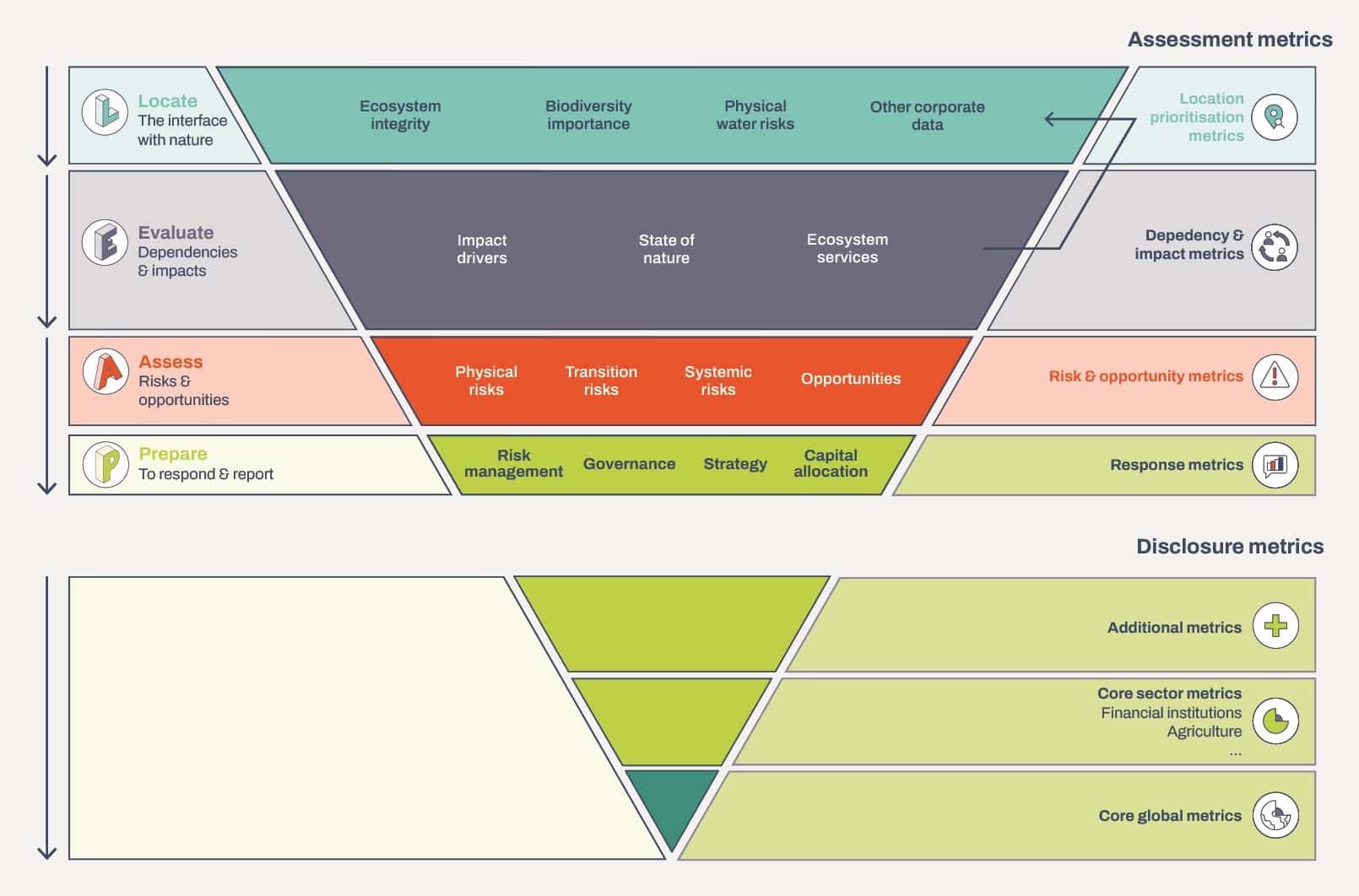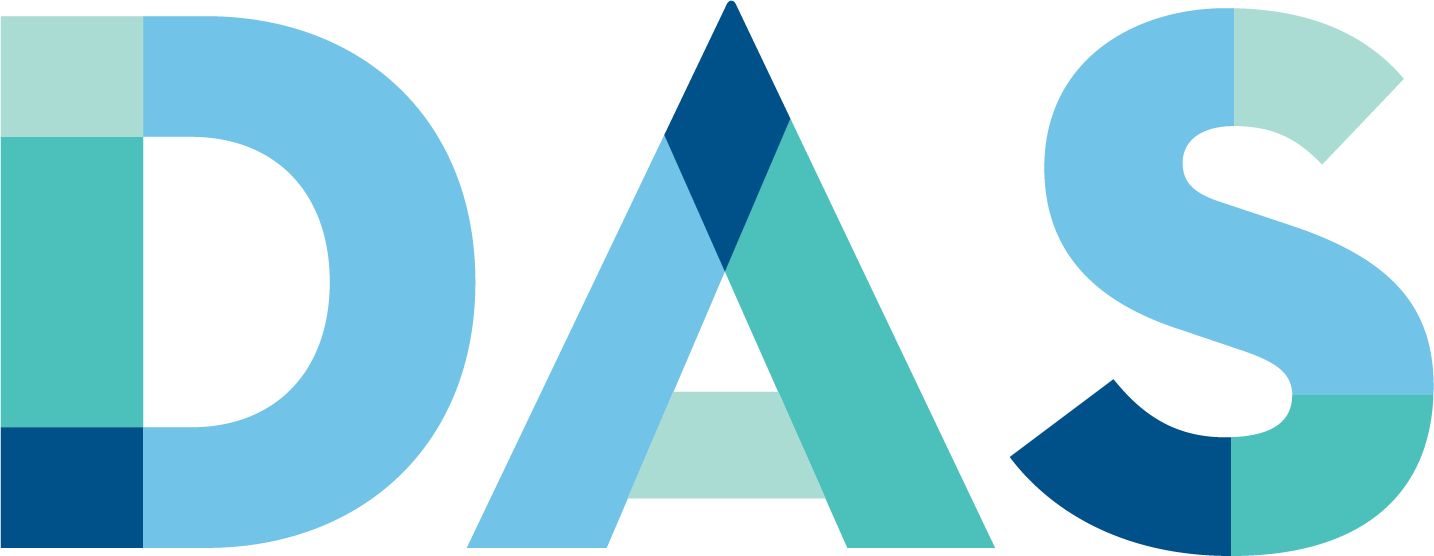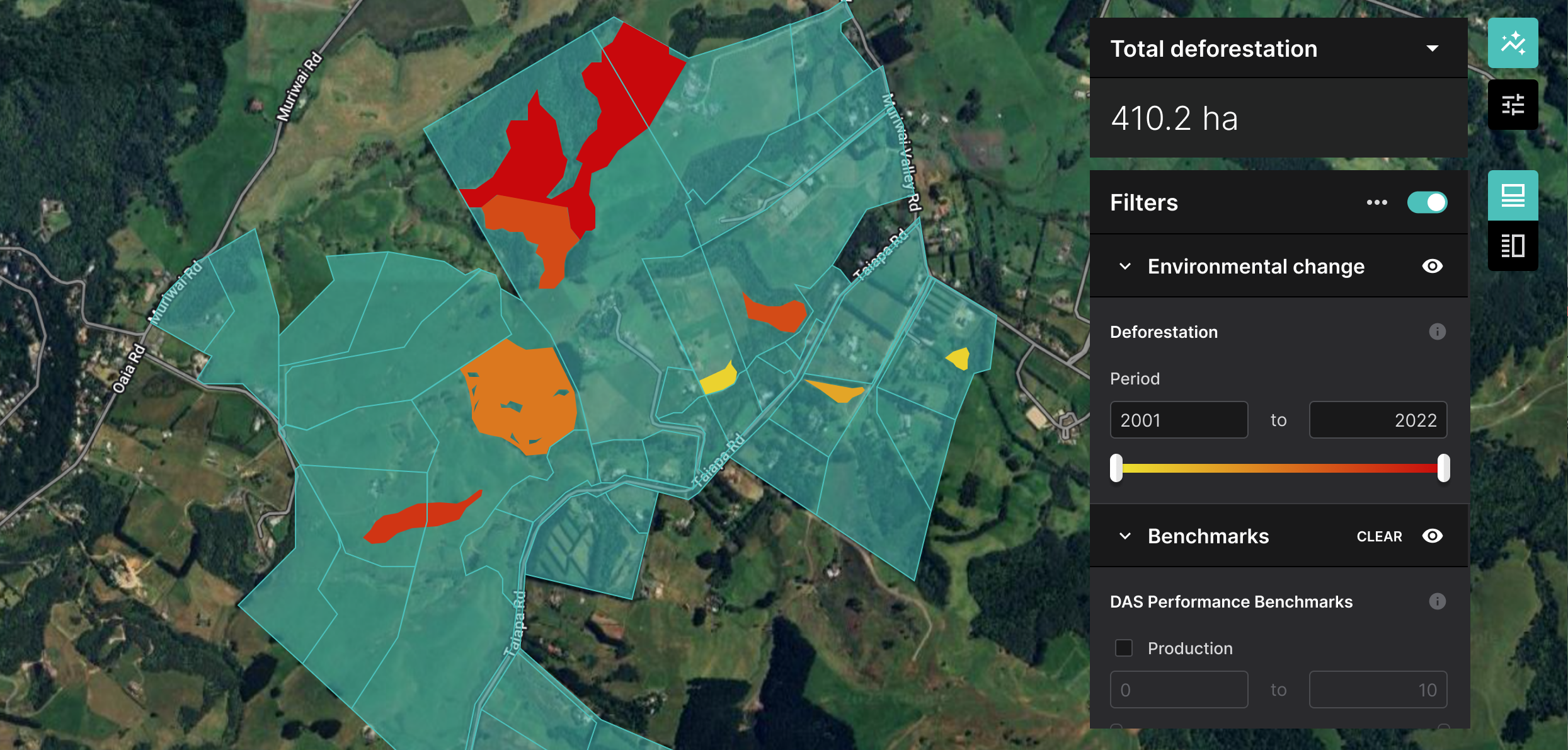Last week, the final Taskforce on Nature-related Financial Disclosures (TNFD) framework was unveiled at New York Climate Week.
In a nutshell, what TNFD does is provide companies and financial institutions with a risk management and disclosure framework to identify, assess, respond to and disclose their nature-related issues.
Given that, according to WEF, more than half the world’s GDP (at least US$44 trillion) is dependent on nature, and that climate risk equates to systemic financial risk, that insight is more important than ever.
But where does DAS fit into this equation?
Our solution sees “talk” become “action”. The first step in reporting against global frameworks such as FSB Task Force on Climate-related Financial Disclosures (TCFD), Taskforce on Nature-related Financial Disclosures (TNFD) and LEAP-FI is locating (See Figure 1). Why? Because it is a necessary precursor to evaluating, assessing, and preparing to respond to risk at an asset or portfolio level. And it is often the most challenging part.
 Figure 1: TNFD disclosure metrics
Figure 1: TNFD disclosure metrics
Agriculture is inherently nature-based, simultaneously relying on, and impacting, nature. And when it comes to Ag, it is very possible to understand the impact of climate impact and risk at the farm level, but first you must have correctly mapped your customer farms and rural assets. We aren’t talking about a pin on a map: this alone is nowhere near enough information about the extent of a farm. We are talking about boundary lines pertaining to farms and crops.
In order to take advantage of climate data layers in the DAS Platform – namely drought stress, fire risk, Net Primary Productivity (NPP) and forest loss – you must first prioritise correctly locating and mapping the boundaries of your customers' land. Without this, staying aligned with the aforementioned frameworks to Evaluate, Assess and Prepare risk is not possible.
How to get started with DAS Locate
Locating your customer farms is possible with DAS Locate. Read our white paper to understand why and how this is a crucial exercise for businesses. By filling out the short form below, you'll receive a free copy of the guide via email.



